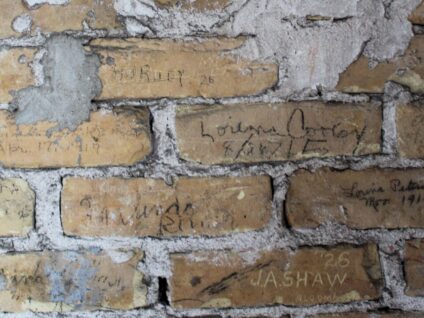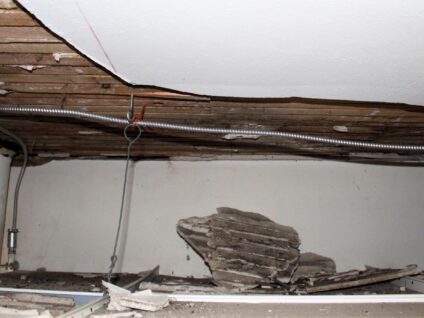This historic building tells a splendid story that spans generations.
Placed on the National Park Service’s National Register of Historic Places, the 1889 Courthouse is a remarkable example of late 19th-century public architecture. The historical museum’s current exhibits share the history of the influential events and people that made Washington County the special place it is today.
A Historical Architecture Treasure
This eight-story cream city brick building in the heart of West Bend, Wisconsin was intended as an upgrade to Washington County’s first courthouse erected decades earlier in 1854. Renowned Wisconsin architect Henry Koch was commissioned for its design. The old courthouse possesses architectural elements characteristic of Richardsonian Romanesque design. Unique Syrian arches, ribbon windows with stone arches, terra cotta bas relief created by Belgian artist Henri Plasschaert, art glass, imported French tiles, and so much more still survive for us to experience today.
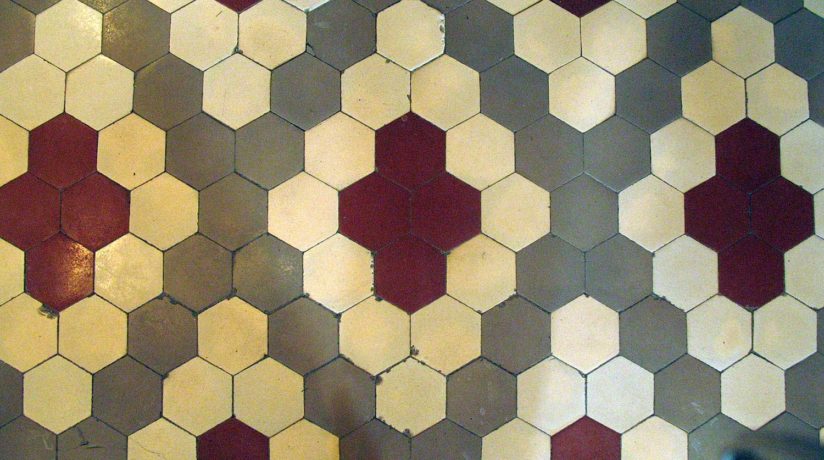
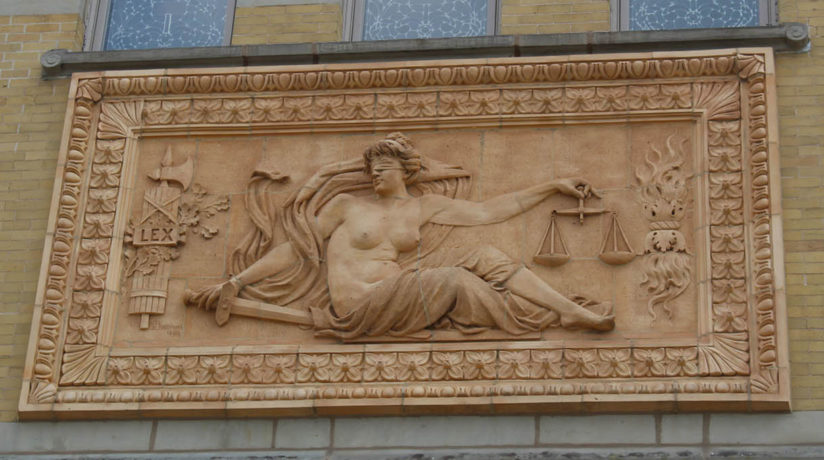
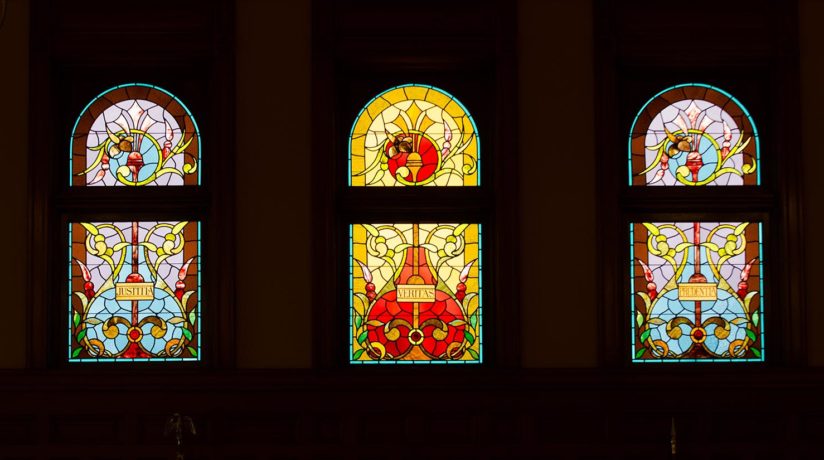
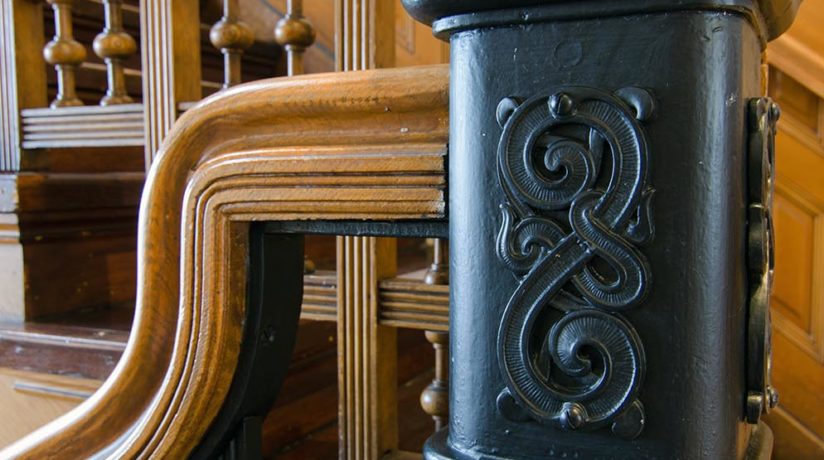
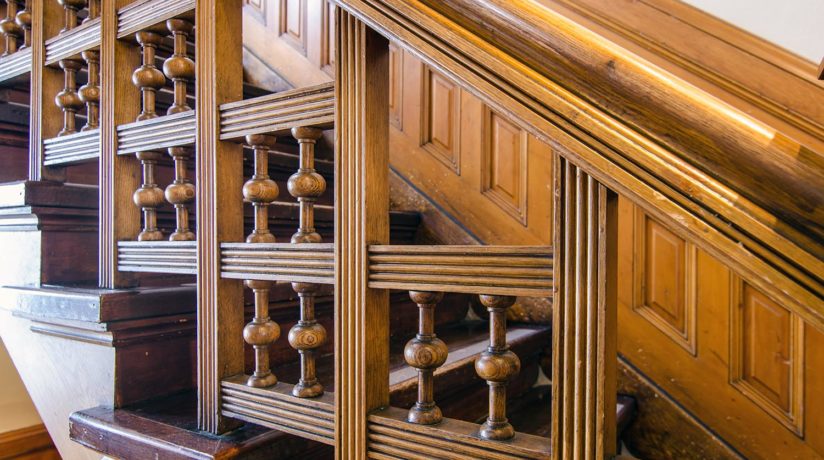
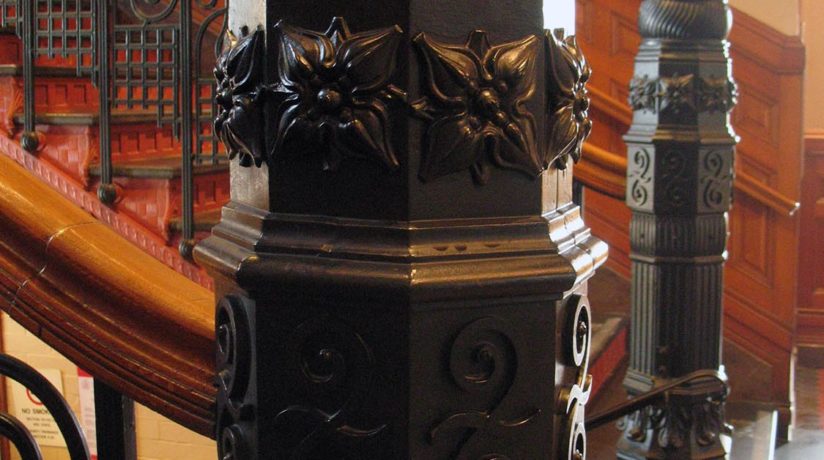
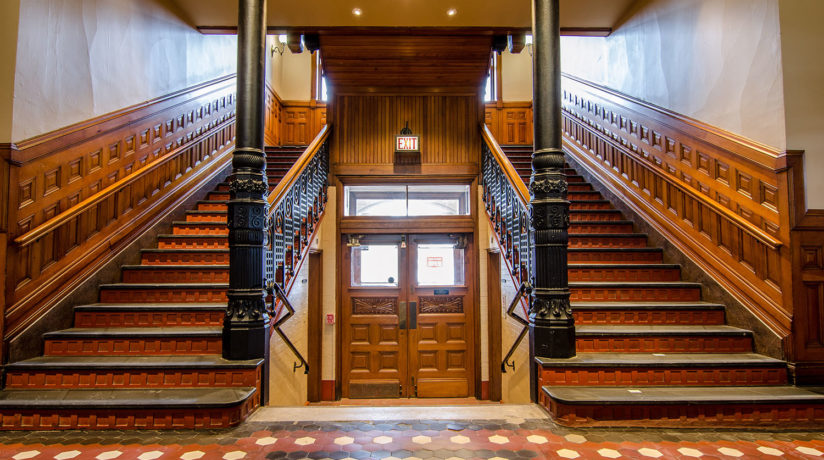
Preserving a Historic Landmark
This historic building served exclusively as the Washington County courthouse until 1962, when it was converted into Washington County administrative offices. When county government outgrew the space in the 1990s, building preservation became the priority. Today, as part of The Tower Heritage Center campus owned and operated by the Washington County Historical Society, the 1889 Courthouse is more than a historic landmark – it remains a place for community.
From 1992 to 1997, volunteers and professionals stripped paint, removed walls, and cleaned rooms. Original woodwork, terra cotta tiles, and colored art glass that had been forgotten can be seen and appreciated again.
Elegant rental space is available for hosting events, weddings and community functions. The historic physical and online archives make a rare collection of images, maps, oral histories, newspapers and historic records available for public research. Education programs span generations and delivery styles and remote learning.

